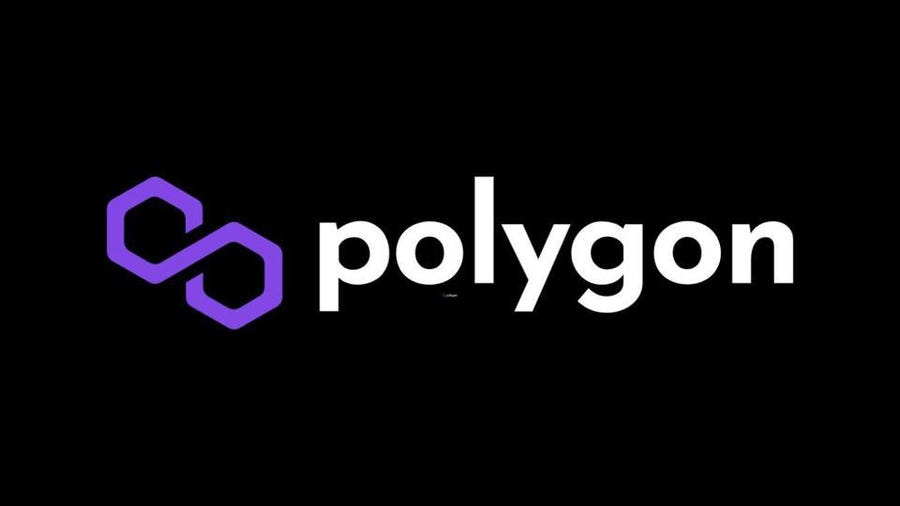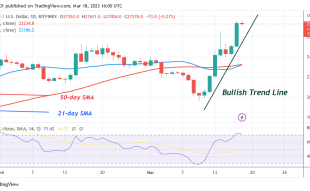Join Our Telegram channel to stay up to date on breaking news coverage
Following a year-long “mental health break,” Hudson Jameson has joined Polygon, a leading Ethereum’s layer 2 protocol. Hudson worked at the Ethereum Foundation, a not-for-profit organization building the world’s largest smart contracts platform.
Jameson Joins The Polygon Governance Team
In a Twitter thread on March 16, Jameson who also sits on the Zcash Open Major Grants (ZOMG) committee, announced he is now working with Polygon, an Ethereum blockchain’s layer-2 solutions provider. This comes after a year-long mental health break.
This week is my first week working for @0xPolygon!
I committed to taking a year long mental health break from Feb. 2022 to Feb. 2023 and have completed that.
So what am I doing there and why do I think Polygon has a lot of potential despite its problems?
— Hudson Jameson (@hudsonjameson) March 16, 2023
Prior to the break, Jameson worked with Flashbots, a group of researchers working on ways to bring down the effects of Maximal Extractable Value (MEV) common on account-based blockchains—and particularly Ethereum.
“I left Flashbots in Feb. 2022 because despite thinking previously that I had my mental health issues under control, I did not and needed more time to work with my doctors and therapist to improve myself. I am forever grateful to the Flashbots leadership and co-workers,” Jameson shared with his followers on Twitter.
Jameson said Polygon’s leadership approached him regarding working with the crypto network on a full-time basis. He was not new to the Ethereum sidechain—he has “been an advisor to Polygon since the beginning and even had calls with Mihailo Bjelic (co-founder) well before launch about the ideas and vision of Polygon,” the former Ethereum core developer said.
Hudson reckons that Polygon continues to climb to great heights many years later and has “grown tremendously at many aspects of their goals.” Furthermore, Polygon stayed true to its lifeline as a layer-2 protocol to the second largest cryptocurrency, Ethereum.
Polygon is compatible with Ethereum’s vision acting as a bridge to the Ethereum Virtual Machine (EVM). Polygon is a Layer 2 scaling solution for Ethereum designed to improve the scalability, speed, and affordability of transactions on the second-largest crypto network.
It achieves this by using sidechains connected to Ethereum, allowing for faster and cheaper transactions to take place off-chain while still staying anchored to Ethereum’s security. Polygon is highly attractive to decentralized applications (dApps) that want to connect to the Ethereum network.
Jameson joins Polygon’s governance team but would be open to contributing to other areas of the organization. The core developer believes he can bolster Polygon to achieve its vision. Hudson added that he is certain Polygon still aligns its vision and that of Ethereum’s values and success.
His initial message to the community is to help spread the true message about Polygon because “some of those representing Polygon have not communicated the above very well… at times has been overly combative.
Hudson reckoned that Polygon “plans to take steps to better communicate their commitment to helping Ethereum scale with the community at the forefront.”
Ethereum Layer 2 Networks
The Ethereum organization describes layer 2 as “a separate blockchain that extends Ethereum and inherits the security guarantees of Ethereum.” The main purpose for layer 2 networks is scalability, to ensure the world’s largest smart contracts network achieves higher throughput, without compromising decentralization or security.
Scaling is a huge concern for Ethereum developers. As the network grows, it is increasingly becoming congested culminating in lower speeds and higher transaction fees. Vitalik Buterin, Ethereum’s co-founder has on various occasions emphasized the need to find a lasting solution to the situation.
Buterin, while attending the Converge22 event by Circle in September 2022, discussed plans to increase the network’s scalability after the merge, while speaking to the CEO of USDC issuer – Circle, Jeremy Allaire. The goal is to scale the network for efficient operation.
Other benefits of layer 2s are lower transaction fees, retaining the security of the parent blockchain, expand the use cases of the underlying protocol.
Ethereum layer-2 solutions providers, like Polygon, Optimism, and Arbitrum, have seen tremendous success. Although Ethereum is now a proof-of-stake network, it is still a long way toward achieving the desirable scalability levels.
Layer 2 solutions like Optimism, Arbitrum (rolled out by Ethereum developers), and Polygon will continue to serve existing and new dApps. They function by validating transactions off-chain before they are later confirmed on the blockchain, which drastically speeds up transaction speeds and lowers the fees.
Polygon DeFi Dominance On The Rise
Polygon’s foothold in decentralized finance (DeFi) has continued to grow and now accounts for 29.5% of the entire sector. There are 345 DeFi projects on Polygon with a combined total valued locked of $1.09 billion, after a 5.48% change in 24 hours, as seen on Defi Llama.
MATIC, the token powering the Polygon ecosystem is trading at $1.2280 at the time of writing after a 3.32% move on the day. In 24 hours, $622 million in trading volume came in, which could suggest increased accumulation among investors.
Related Articles:
- Best Cryptocurrencies to Buy Now – Huge Potential Altcoins
- Bitcoin Price Climbs to $24,900 – Is $26,500 The Next Big Target?
- Solana-Based NFT Collection DeGods Unleashes Its First NFT Collection On Bitcoin
Join Our Telegram channel to stay up to date on breaking news coverage


